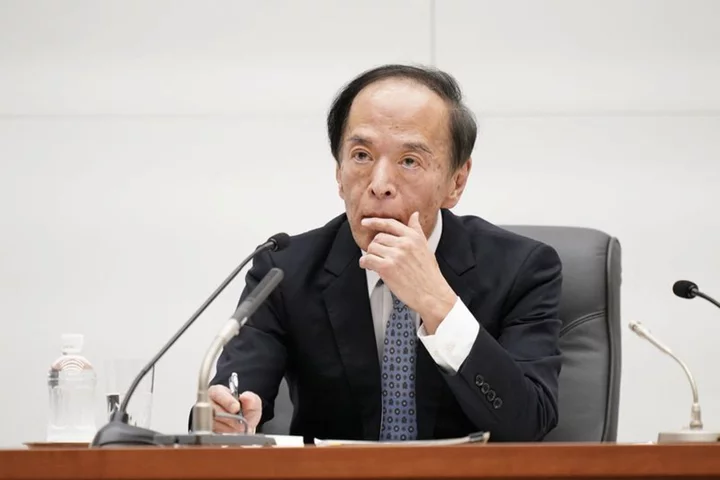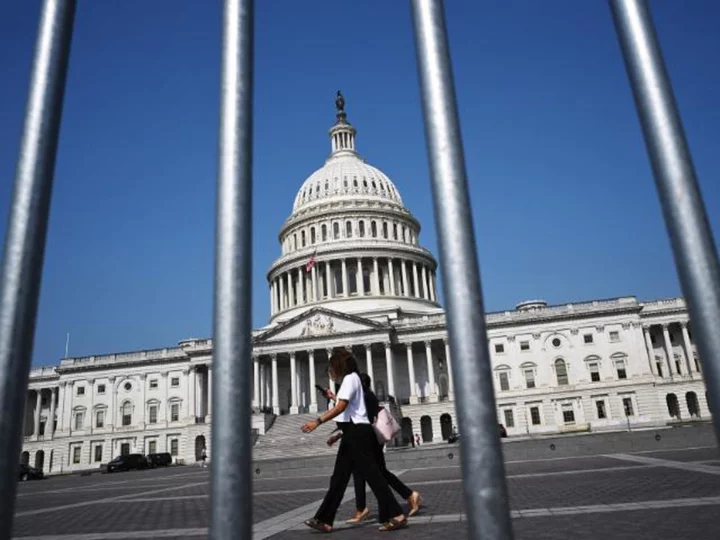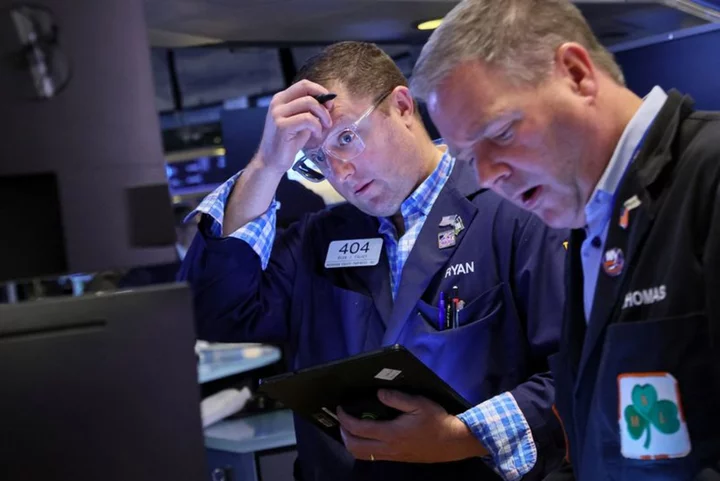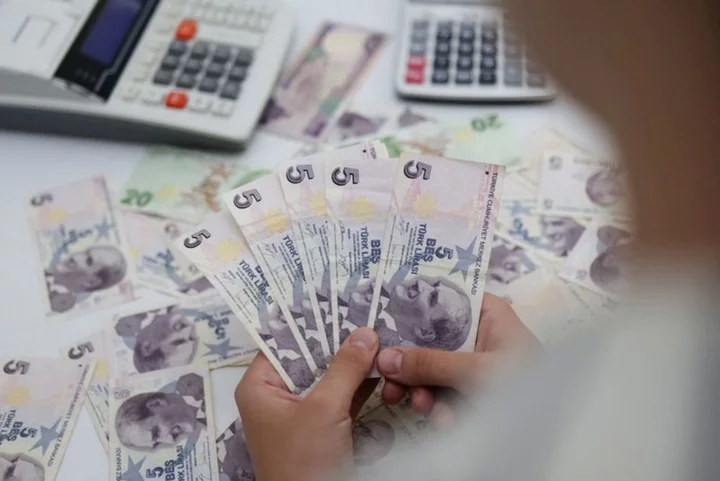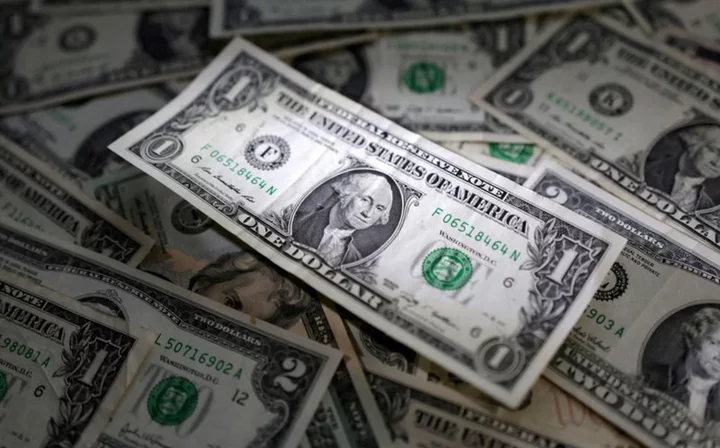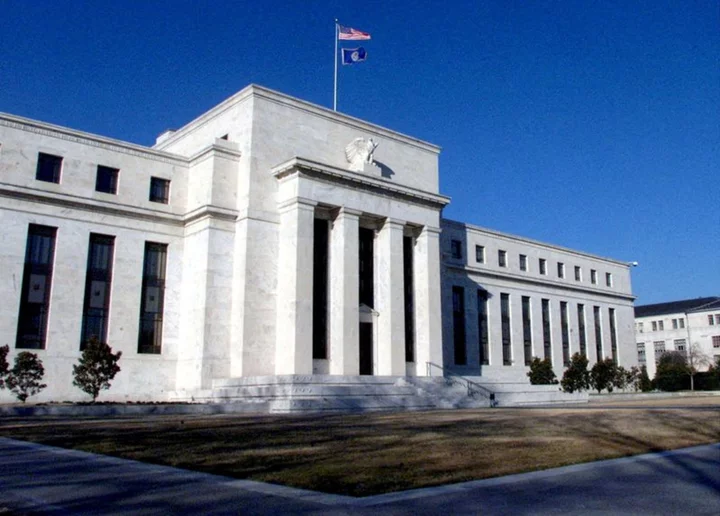By Jamie McGeever
ORLANDO, Florida In scrapping its hard 10-year bond yield ceiling of 1%, the Bank of Japan has taken a huge step towards dismantling a widespread assumption at the heart of G10 monetary policy for decades - the idea of a central bank 'put'.
Justified or not, a perception had built up among investors since the days of former Fed Chair Alan Greenspan that the Federal Reserve - and later, other central banks - would always eventually ease credit to support wobbling asset markets when price falls threatened to snowball.
Perhaps that thinking was more myth, as former St. Louis Fed President William Poole outlined in 2007. The line between preserving financial stability and propping up asset markets blurred tremendously in the following years, understandably so since the Great Financial Crisis.
But for most of the time since the late 1980s, when Greenspan became Fed chair, central banks were tooled mostly to fighting against the risk of deflation rather than inflation - and the likes of the Bank of Japan and Swiss National Bank were in the thick of that battle.
With many economists arguing that world is now gone - as even Japan is now battling to rein in above-target inflation - the notion that central banks will automatically ease policy to backstop financial markets looks a bit fanciful.
"Markets didn't realize that the 'central bank put' was a luxury good, which only really existed when inflation was under control, below target, and the risks were to the downside," says Steven Englander, head of global G10 FX research at Standard Chartered in New York.
"It's fair to say all of these policies that were aimed at generating asset market strength by pumping liquidity into the market have basically been withdrawn."
The idea of central banks riding to investors' rescue with lower interest rates in times of trouble took root early in Greenspan's tenure as Fed chief. Policymakers began putting greater store on the wealth effects from stock prices on consumption, and therefore wider economic growth.
A National Bureau of Economic Research working paper in March 2020 noted: "The statistical fact is that, since the mid-1990s, the Fed has tended to lower rates by an average of about 1.2 percentage points in the year after a 10% stock market decline."
In addition, interest rate changes were asymmetric — Fed rate hikes following stock market recoveries were usually muted compared with the initial cuts.
FINANCIAL STABILITY
As near-zero interest rate policies (ZIRP) emerged after 2008, transmission of easier money - and the notion of a central bank put - spread to government bond buying or exchange rates, as in the case of Switzerland.
The SNB for years fought against market pressure to drive up the Swiss franc, capping it at 1.20 per euro in September 2011 until January 2015 when it simply stepped back, unleashing intense volatility and a rapid 30% revaluation.
This was an explicit, open-ended policy to hold the currency at a set level and flood the Swiss economy and markets with oceans of liquidity, but essentially still a central bank put.
Since the post-COVID-19 surge in inflation to 40-year highs in many developed economies, policymakers have moved even further away from those extremes, tightening policy via unprecedented rate hikes, shrinking balances sheets, or both.
With its history of deflation, Japan was always going to be the last to move. Public debt is the highest in the world at more than 250% of GDP and the BOJ owns around half of the entire government bond market.
Although it kept the benchmark policy rate at -0.10% on Tuesday, the significance of downgrading the 1% yield on 10-year JGBs to a "reference" rate from a hard cap should not be underestimated.
The cap was set only three months ago, and the speed with which it was abandoned suggests the BOJ under Governor Kazuo Ueda means business. Given that the BOJ now sees inflation well above its 2% target next year, could the BOJ go up through the gears and perhaps even raise rates in the coming months?
That may be too much, too soon. And underscoring the BOJ's difficulty in managing its bumpy rather than immediate exit, the BOJ was intervening in the bond market again on Wednesday.
Policymakers will be aware of the damage rapidly rising borrowing costs could do to countless Japanese banks, financial firms and companies which have gorged on free and easy money for decades - the so-called zombie firms.
As Marc Chandler at Bannockburn Global Forex points out, it is financial stability that is ultimately - and rightly - at the heart of the so-called central bank put.
"There is a perception or myth that has built up around the central bank put. It doesn't really exist, not in relation to market prices or levels. It is misunderstood. It is about financial instability," Chandler says.
(The opinions expressed here are those of the author, a columnist for Reuters)
(Editing by Jonathan Oatis)

